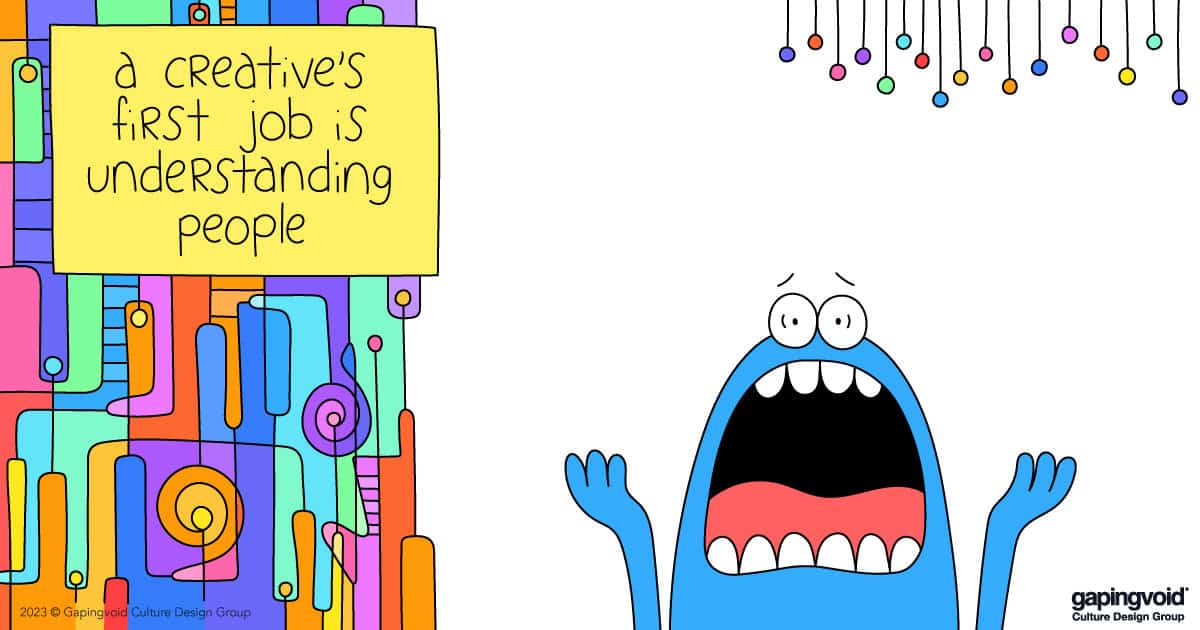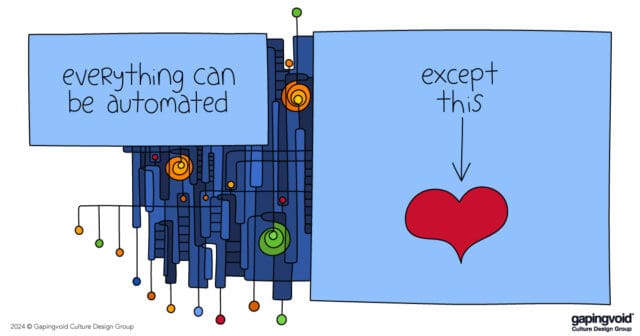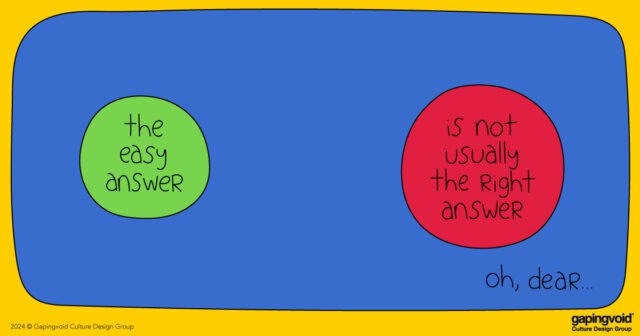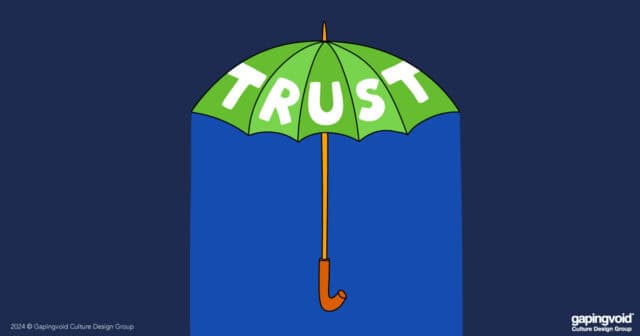
The human brain has all sorts of reflexes that shape our judgment.
As behavioral economists discovered, we experience a salience effect, judging things that stand out from their surroundings as more important. There’s also a contrast effect where sharp contrasts grab our attention.
That’s why colorful (and contrasting) images impact us, and people continue to go to extreme lengths to stand out.
Brain scans show we make reflexive decisions before they even know we made the decision. And if we don’t see an image out of the corner of our eye, if it doesn’t stand out, if we don’t unconsciously perceive it, there’s no way we can reflexively choose to pay attention to it. Or as behavioral economists say, “What You See Is All There Is.”
As Donald Miller writes in Building a Storybrand, the human brain is designed to filter out information that doesn’t help us survive and thrive, and keep cognitive load low so we have mental energy when our survival depends on it. That’s why simple images impact us too.
Mr. Beast, the world’s most popular YouTuber, and one of many starring in the recent Superbowl ads, understands this so much that he’s willing to pay up to $10,000 for the right video thumbnail. These thumbnails highlight absurd stunts like putting 10 million legos in his friend’s house, playing the battleship board game with real ships, and driving through the same drive-through 1,000 times in a row.
Why? As he shared, “The thumbnail literally decides whether or not they watch your video.”
He says he aims for images that are “simple, visible, and colorful.” Interestingly, this is also why an entry in an “I Voted Sticker” design contest went viral and earned 158,000 votes.
All that to say pictures are powerful, especially the simple or symbolic ones.
The right image, in the right place, at the right time, carrying the right message, can be more than just something nice to look at.
It can help solve a complex problem – subtly, to be sure, but significantly.



